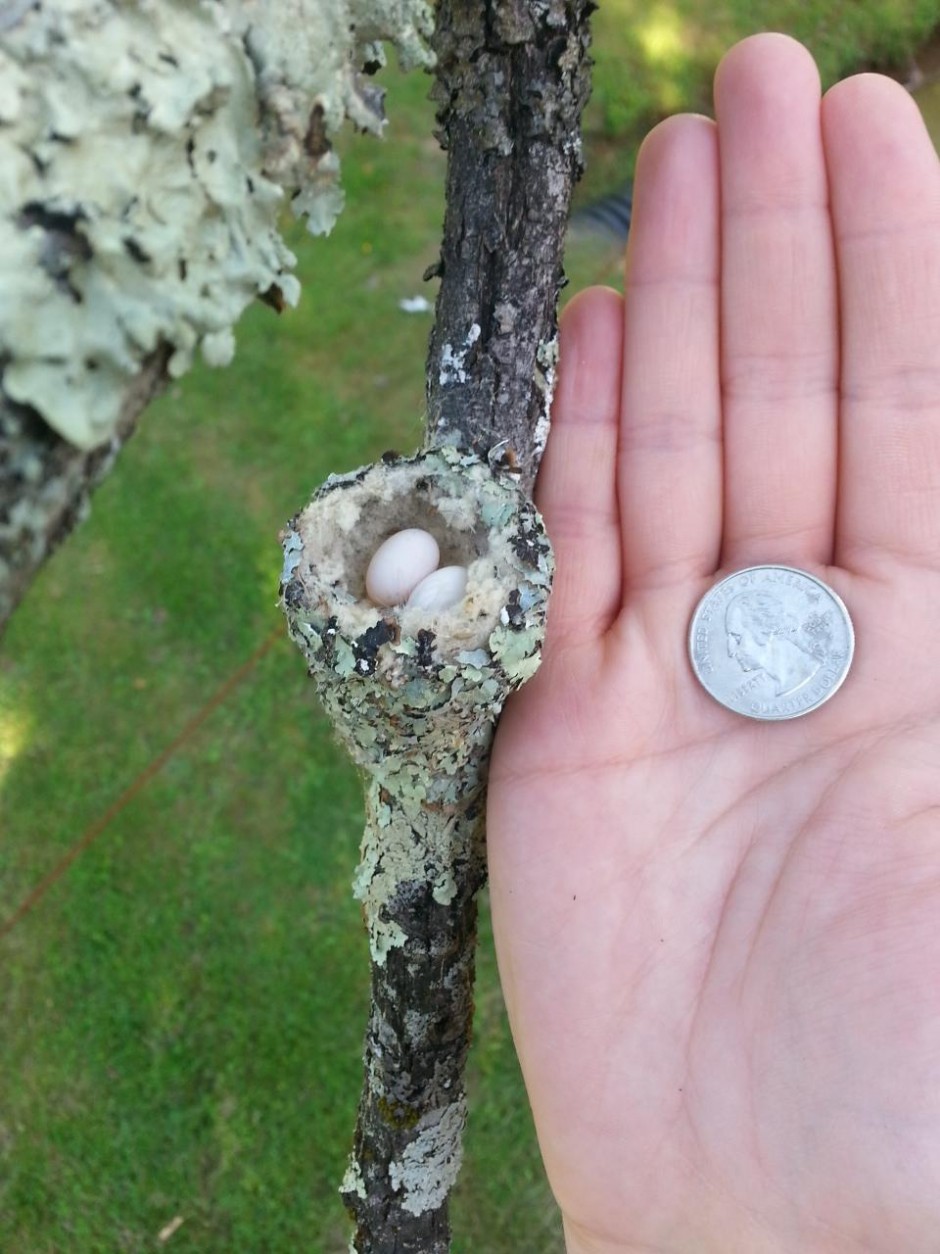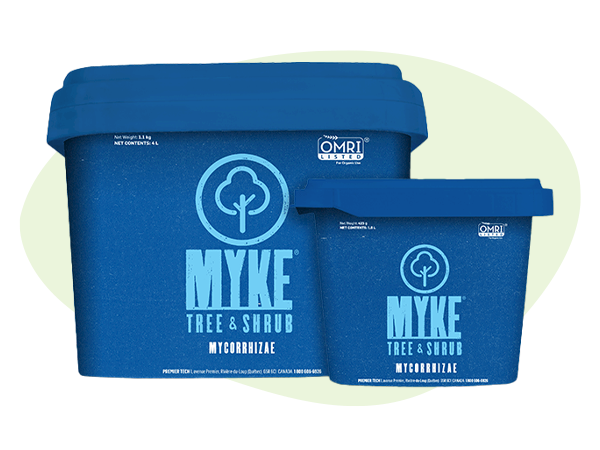Gardens for hummingbirds
It is exciting to spot a Hummingbird, with their blurred wings and shimmering feathers, hovering over a flower drinking nectar. There is something about Hummingbirds that have held people in wonder about them for centuries.
Creating a small garden for hummingbirds may not enough, they may require a small habitat. Here are a few things that Hummingbirds like and will promote them to use your garden as their summer homes:
Food:
Insects: Small insects, larvae, insect eggs and spiders. Hummingbirds also consume beetles and parasitic wasps, along with pests such as mosquitoes, ants, flies, gnats, aphids and mites are critical food sources for hummingbirds that most of us would not think about. Insects provide the fat, protein and salts the birds cannot derive from nectar, and these are crucial components to their nutrition, especially for rapidly growing babies. Hummingbirds hunt insects in several ways, including picking them from bark of trees and shrubs, flowers or leaves. Hawking them in midair or plucking them from spider webs or sticky sap. To get the required amount of protein for a healthy diet, an adult hummingbird must eat several dozen insects each day. They will eat many more, however, if they need to regurgitate this nutritious food to hungry babies, or if they are on a long migration to South America for the winter.
Sap: When there is not enough nectar, hummingbirds will sip tree sap from wells drilled by woodpeckers. While the tree sap is not as sweet as floral nectar, it still provides an adequate source of sucrose for a hummingbird's energy needs. Sap that has dripped down and hardened on the tree trunk cannot be drunk, but the birds may pick insects from the sticky residue
Pollen : Pollen is not the main source of food for hummingbirds. It may get into the nectar while being sucked up by the hummingbird and may have some protein benefits.
Ashes and Sand: Some vital minerals and salts that are a part of the hummingbirds diet can be found in these substances. Although hummingbirds may be just picking bugs out of the sand. There are still many things scientists need to learn on this topic.
Nesting:

Female hummingbirds are going to look for a spot that is supported in the cross in a branch. They will find a spot that has shade, is protected from high winds and is hidden well from predators. Females will use things such as spiders thread to keep together leaves, plant materials, lichens anything else in your garden that may be useful to them.





















